#napoleonic army
Text
What is grapeshot?
This short video explains it. Grapeshot was found at Waterloo, and no doubt at many other Napoleonic battle sites.
https://youtube.com/shorts/OJXXckAs28M?si=EjbLxQtag1tREpcH
5 notes
·
View notes
Photo



The Man from U.N.C.L.E. (2015) dir. Guy Ritchie
#The Man from U.N.C.L.E.#U.N.C.L.E.#The Man from UNCLE#Агенты А.Н.К.Л.#Агенты АНКЛ#movie#2010s#Guy Ritchie#Гай Ричи#CIA#KGB#Henry Cavill#Napoleon Solo#Armie Hammer#Illya Kuryakin
430 notes
·
View notes
Text
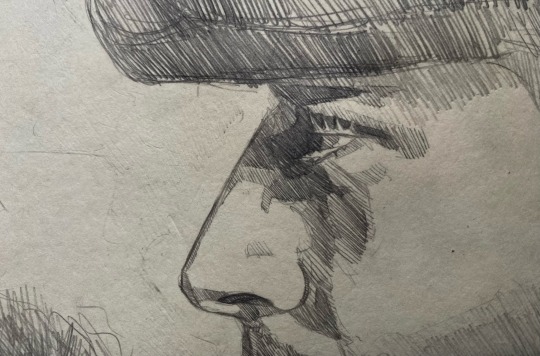

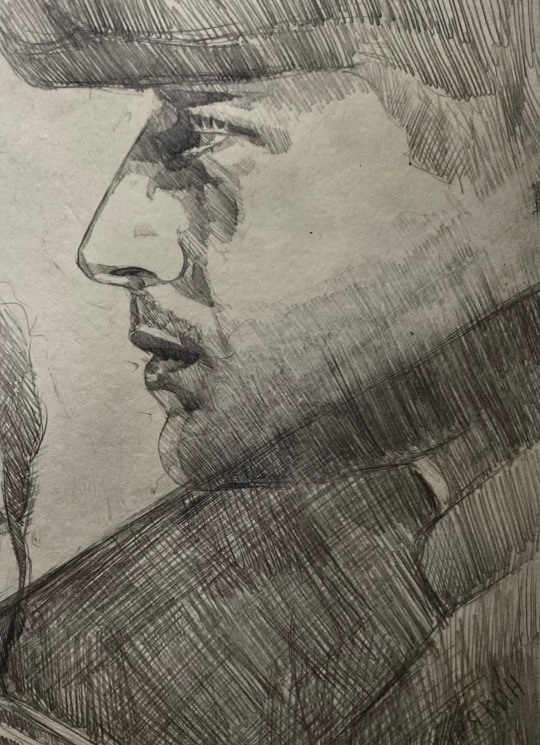

Napoleon Solo and Illya Kuryakin, The Man From UNCLE
You know what my mission is?
Same as mine was. Kill me if necessary.
View images separately for better quality
#the man from uncle#tmfu#illya kuryakin#napoleon solo#napollya#the man from u.n.c.l.e.#henry cavill#armie hammer#the man from uncle fanart#my work
308 notes
·
View notes
Text
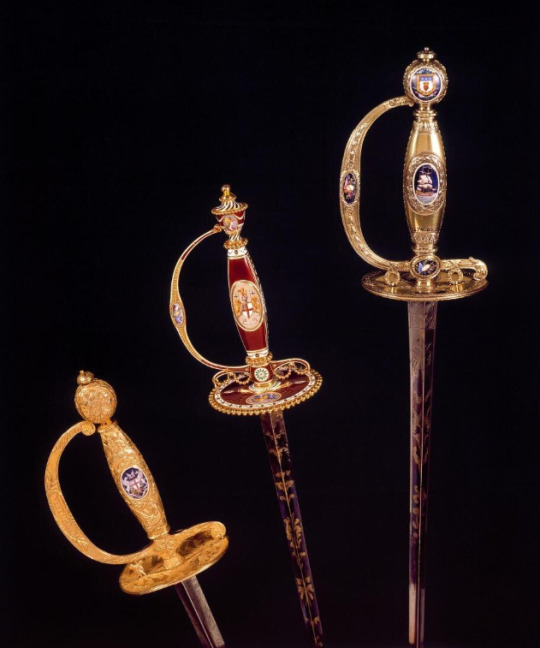
Presentation small swords, 18th century - early 19th century
Presentation small sword presented to Lt. General Sir Rowland Hill in recognition of his services under Wellington at the Battle of Vittoria on 21st June, 1813. Made by John Ray and James Montague, London.
Presentation small sword by James Morisset of London. Inscribed 'Presented to Lt. Colonel James Hartley in testimony of his brave & gallant conduct by the Honble East India Company 1779'.
Presentation small sword, by James Morisset of London. ‘Presented by the Committee of Merchants & of London to LIEUT.T FRANCIS DOUGLAS for his Spirited and active conduct on board His Majesty’s Ship the REPULSE. Ja.s Alms Esq.r Commander during the MUTINY at the NORE in 1797. Marine Society Office, May 1o 1798 } Hugh Inglis Esq.r Chairman’.
#naval weapons#army weapons#small swords#presentation swords#18th century - early 19th century#age of sail#napoleonic wars
103 notes
·
View notes
Text

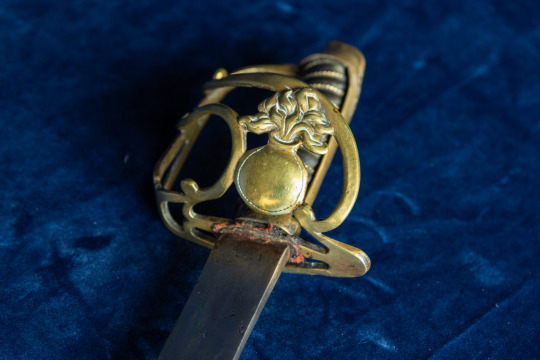

French Grenadier Officers' Sabre - Petite Montmorency style.
Circa 1788 - 1800.
The social upheaval in France during the late 18th century was pervasive through all levels of society. People were abandoning the old and adopting a number of new styles and fashions to display their allegiance to which ever faction the belonged to; the (soon to be executed) king, the revolution, or some variation of the politics at the time.
One of these changes in fashion began around 1784 with infantry officers giving up their model 1767 smallsword in favour of non-regulation sabres, often based on the styles copied from the cavalry. The rotating guard hilts were one such example.
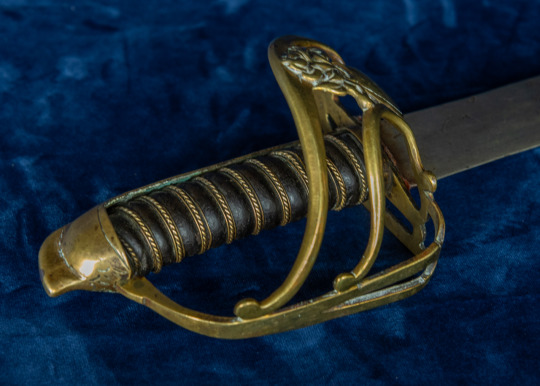
With the Royal decree of April 1788 permitting the use of sabres by the infantry we see another type appear, swords with slotted hilts and sidebars that often feature military emblems such as the light infantry hunters horn or the grenadiers flaming bomb. While others (normally associated with the National Guard) display elaborate political symbolism like Roosters or lions with the Phrygian cap; icons of bravery, the French State and the revolution.
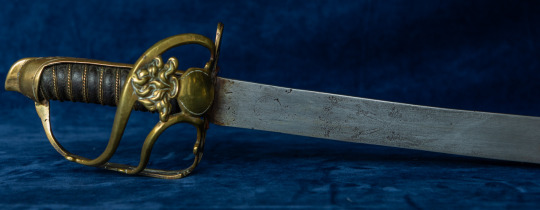
Because these sabres were non-regulation, they don't follow a set pattern; and can be plain or very ornate. Seeking to classify them, collectors of the late 19th Century noted that many swords in this style had blades that matched the profile of the Montmorency Dragoons; a curved blade with a central fuller and a secondary fuller running close to the spine.
Since they were carried by infantry or National Guard officers, on the whole this style of sabre are shorter than the dragoon type, thus earning them the petite montmorency moniker.
As with many such arbitrary names, its meaning has expanded in use to cover a wider group of swords that are broadly similar but don't follow exactly the same features. This sword is such an example. The slotted hilt and guard are very typical with the helmet pommel, sidebars and flaming bomb. However because the blade is has no fuller, it can't be said to have a true montmorency blade. Still, it is the best grouping we have for this sword.
This sword is a handy weapon, just shy of 80cm long with a 66cm blade. The lack of a fuller means is weighs 750 grams, giving it a lot of presence in the hand. The blade engraved with the word Grenadier on one side and flaming bomb with a trophy and bomb on the other; otherwise it is very plain.

On the spine there is an arrow wrapped in a scroll, which I assume to be related to the maker. I'm sure I've seen this mark before but now I can't find the source. If you know what it means, please let me know.
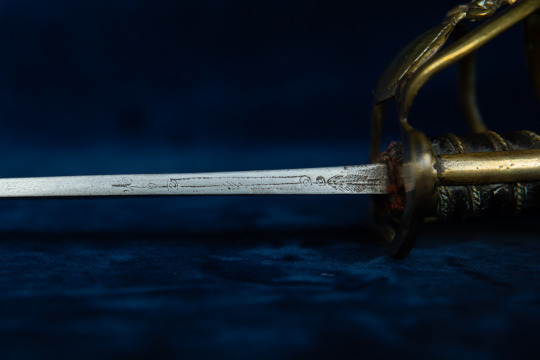
Stats:
Overall Length - 795 mm
Blade Length - 655 mm
Curve - 15 mm
Point of Balance - 140 mm
Grip Length - 142 mm
Inside Grip Length - 105 mm
Weight - 750 grams
#swords#sabres#antique swords#military antiques#napoleonic era#18th Century#French Army#Infantry Officers#Officer Swords#Grenadiers
90 notes
·
View notes
Text

Napoleon Bonaparte reviewing the Army of Italy in Nice on 27 March 1796 by Jacques Onfroy de Bréville
#napoleon bonaparte#napoléon bonaparte#armée d'italie#italian campaign#jacques onfroy de bréville#job#art#french revolutionary wars#france#french#nice#italy#history#europe#european#napoleon#napoléon#napoleonic#army#italian campaigns#soldiers#troops#inspection#general#command#bonaparte
108 notes
·
View notes
Text

I am in love with every detail of this portrait of an unknown U.S. Army lieutenant in the War of 1812. The diaphanous pleated shirt frill, the gleaming plume and epaulette, the soldiers in the background with their cannon and mortar and a musician sitting by his drum. The curls that frame his face appear to have been created by a curling iron with barrel, not papillotes or rag curls.

His watch fob and seal are gorgeous, as is his sword belt! He wears a ring on his pinky finger, and the knot embellishments on his pantaloons have a subtle sheen.
#war of 1812#1810s#us army#dressed to kill#military history#dress history#historical hairstyles#napoleonic#how could this man be unknown?#he may not have done much on the battlefield but you would think this portrait would be cherished
65 notes
·
View notes
Text
Paris Fire Brigade — The fire department of the city of Paris
The Paris Fire Brigade was created by Napoleon on 18 September 1811 after a devastating fire in Paris in 1810. The brigade remains the same firefighting service of Paris to this day.

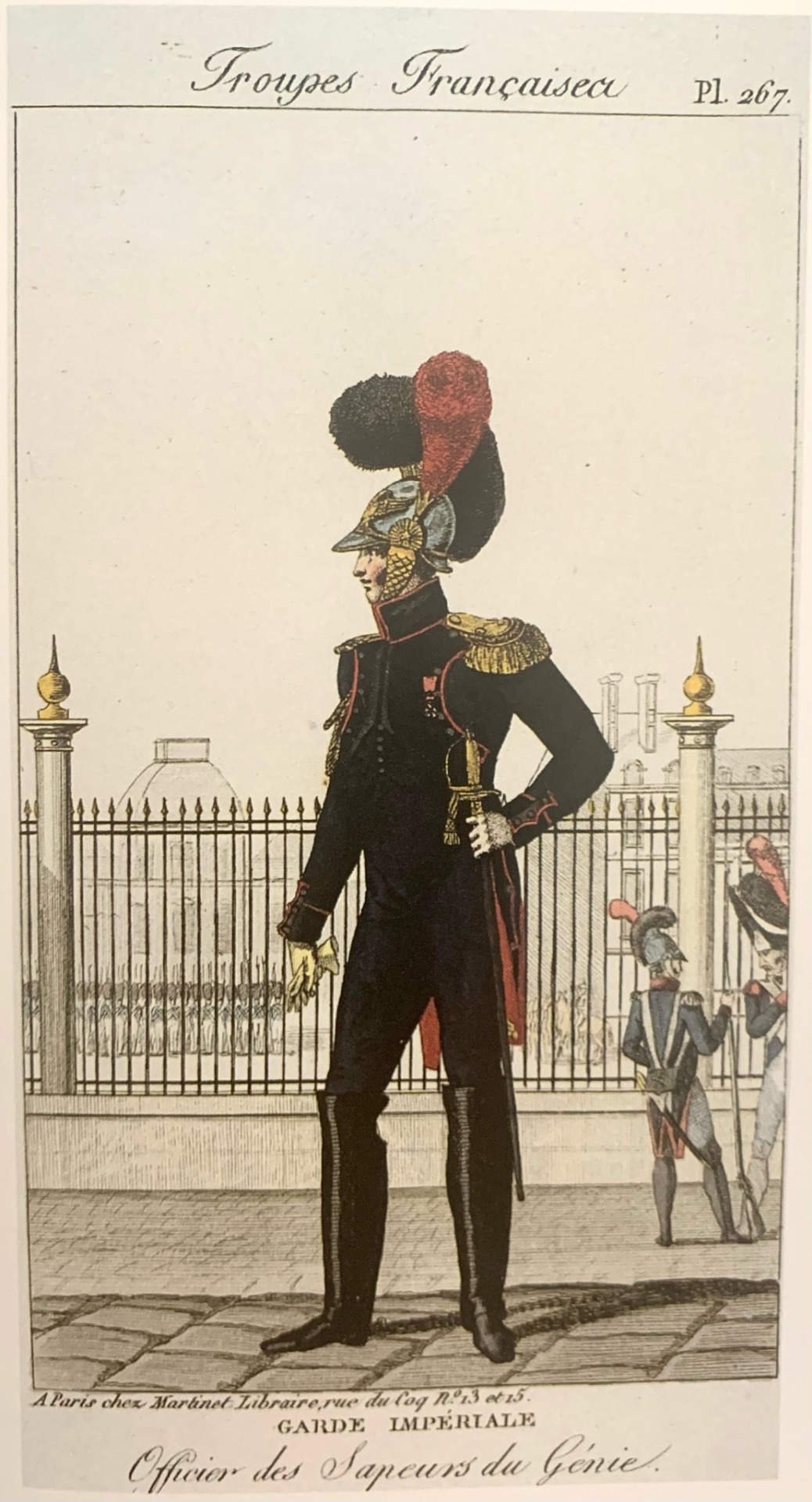
Illustrations created by Aaron Martinet between 1807 and 1814. Top: Imperial Guard, Engineer Sapper. Bottom: Imperial Guard, Officer of Engineer Sappers. These were the military positions which were transitioned into the fire department.
The deadly fire at the Austrian embassy ball in July 1810, during the festivities for his marriage to Marie Louise, reminded the Emperor of the importance of a well-functioning fire service in the capital.
Despite the courage and dedication of the gardes pompes [firefighters of the old organization], who are sometimes falsely accused of numerous shortcomings, the firefighting service revealed its weaknesses: delays, insufficient and unreliable equipment, poorly trained personnel and incompetent managers. The staff present at the embassy on the day of the tragedy were cleared of all suspicion by an investigation led by the Count of Montalivet. On the other hand, the leaders of the old organization were dismissed, and the corps des gardes pompes was abolished.
After this catastrophe, the Emperor reorganized this public service by creating the first military corps of firefighters, made up of the engineers from the Imperial Guard who were dedicated to defending the imperial chateaux against fire.
At the behest of Emperor Napoleon I, the creation of the Paris fire department [bataillon de sapeurs pompiers de Paris] by imperial decree on 18 September 1811 was an original and innovative step, marking the transition from a civil and municipal organization to a military body. The choice of such an atypical status for a public service echoes the creation, eleven years earlier, of the Paris Police Prefecture, an equally singular legal administrative body.
From its creation, this military corps was placed under the authority of the Paris Police Prefecture, who was responsible for the security of the capital. After a long process, this military status and subordination to a prefect became the logical consequence of the spirit of the decree of 12 messidor year 8.
When the battalion was formed in 1811, the Paris fire department took on a new mission: fighting fires, the importance and development of which they were still unaware of.
Four companies were then created to respond to fires. Relying on a typically military functional triptych (extensive training of men, systematic technological research and implementation of efficient operational procedures), the battalion quickly made its new environment its own, and by the end of the second half of the 19th century, had become a model for the organization of public fire-fighting services and a national, even international reference.
Several fire chiefs succeeded one another until 1814. At that date, command was entrusted to battalion commander Plazanet. He provided the battalion with an instruction manual, made it compulsory for sappers to be stationed in barracks, and introduced gymnastics to train efficient and daring rescuers.
Source: Brigade de sapeurs-pompiers de Paris — Le Bataillon
Picture source: Napoleon's Army: 1807-1814 as Depicted in the Prints of Aaron Martinet, By Guy C. Dempsey, Jr., (Section: Support Troops)
#firefighters#Napoleon#napoleon bonaparte#napoleonic era#napoleonic#first french empire#french empire#19th century#history#Paris#french revolution#Aaron martinet#france#french history#fire department#Napoleon’s reforms#napoleonic reforms#reforms#art#Napoleon's Army: 1807-1814 as Depicted in the Prints of Aaron Martinet#prints#Paris Fire Brigade#fire brigade#bataillon de sapeurs pompiers de Paris#Brigade de sapeurs-pompiers de Paris
72 notes
·
View notes
Text
I'm bored, here's Marmont
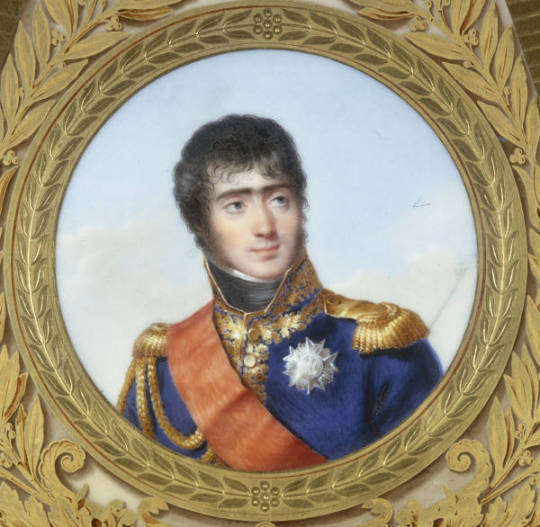
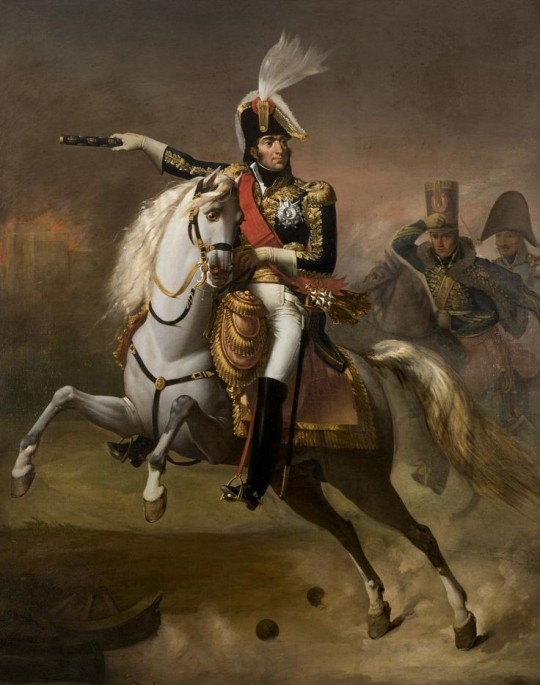
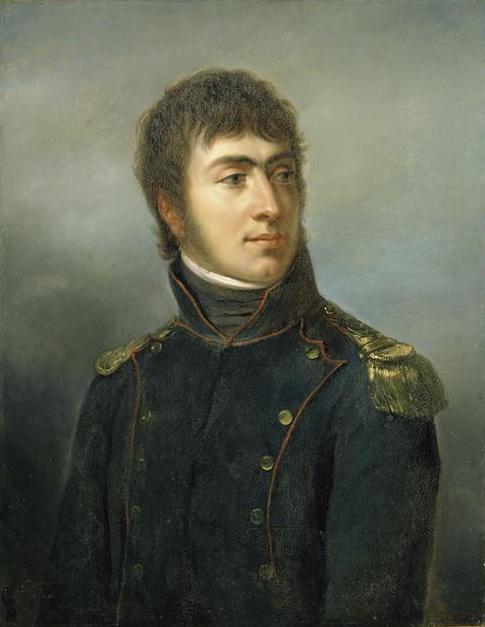
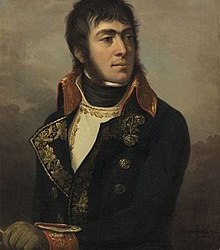


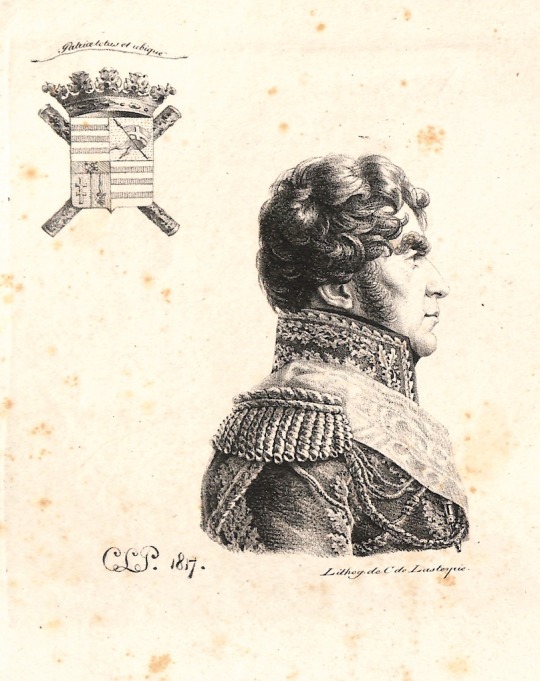

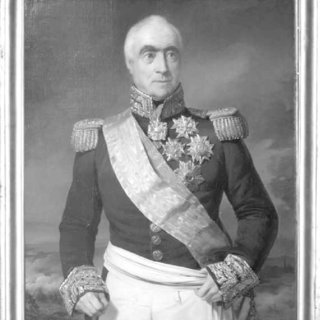
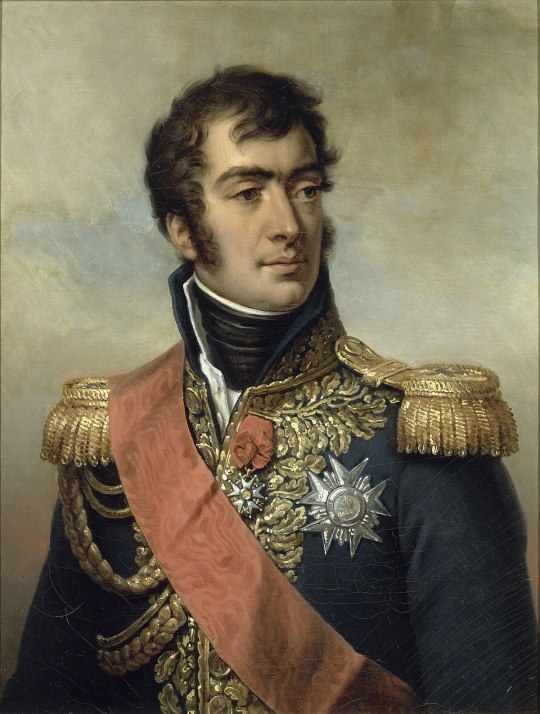
All images have been pulled randomly from the internet
Ps. I'm amplifying my love for this guy for the memes 💀
#napoleon#auguste de marmont#marmont#napoleonic wars#napoleonic era#aguste marmont#auguste marmont#im losing my damn mind#its so funny#he has caterpillar eyebrows#cute in a ugly way#like a pug dog#napoleons army#napoleons marshals#the duke of ragusa#why he kinda cute in the first pic?
64 notes
·
View notes
Text

78 notes
·
View notes
Text

Rating: Cute!
This Napoleon is snorting cocaine, he's got a cat friend who knows how to shoot a gun, and he has an army of loyal rats which is really cool. This Napoleon could beat a Duke of Wellington easy, 1, 2, 3, like in that one movie. What could be cuter?
Whoever made this enclosure REALLY went all out for their Napoleon!
#isthenapoleoncute#napoleon#is the napoleon cute?#cute#who would win? a Napoleon high off his ass on cocaine with an army of all the rats of europe versus the coalition?#now THAT'S the question I want r/askhistorians to answer
209 notes
·
View notes
Text



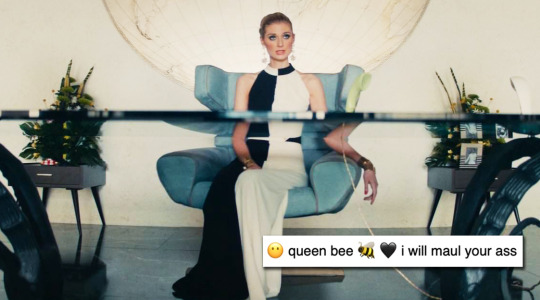
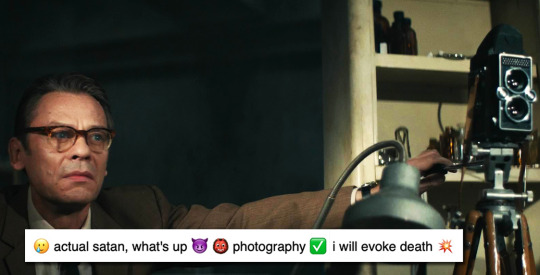

TMFU + Certainly Not a Bot Tumblr Descriptions
(inspiration)
#tmfu#the man from uncle#the man from u.n.c.l.e.#napoleon solo#illya kuryakin#gaby teller#victoria vinciguerra#rudi teller#alexander waverly#the man from uncle (2015)#tmfuedit#tumblr meme#henry cavill#armie hammer#alicia vikander#hugh grant#my edit#i couldn't resist#i think rudi's is my fave tbh
548 notes
·
View notes
Text



The Royal Surrey Militia as they appeared in the 1750s, 1790s and 1800s.
#history#british army#military history#redcoat#redcoats#18th century#19th century#american revolution#napoleonic#napoleonic wars#seven years war
80 notes
·
View notes
Text
Every few months I remember that The Man From U.N.C.L.E. exists and I watch it and I love it and I get exited and I think “there’s still time to make a second one” and then I remember that Armie Hammer turned out to be a complete freak and I get really mad at him for ruining the chances of a sequel
#sure I kinda hate him for the horrible shit he did#but a second movie would’ve been amazing#the man from uncle#tmfu#gaby teller#napoleon solo#ilya kuryakin#napoleon x illya#henry cavill#armie hammer
569 notes
·
View notes
Text
A YANDERE Tea Party!
🍃-🍃-🍃-🍃-🍃-🍃
🌿Part 1🌿
@murillo-enthusiast: THE MACARÈL ARE YOU DOING YOU CAPBORDÀS
@armagnac-army: WHOSE SWEARING NOW HIPPOCRITE!!!!
@napoleon-bonapartee: Well..I'm here now.. i was expecting a great time with wines.. It NOT WINE it was TEA
@your-dandy-king: "Darling, [...] Can you do that whirlwind thing? Or turn into air? Fly? Pop in and out like Helene does?"
@general-junot: Duroc? Ah, it’s good to see a friendly face again. What drinks do you serve here, just tea or anything stronger?
@le-fils: this is a tea party, Eugène at least would like to be able to eat and drink something. Possibly without any vines getting in the way. And where's Duroc gone?
🌿-----------------🌿
As just expected, the vines instantly acts and now also take hold of the other hand of Lannes, while also putting a strawberry tart into his mouth.
Meanwhile, with everyone else, his hands would get free but in exchange their lower part will get restrained to the chairs even more.
🍃-🍃-🍃-🍃-🍃-🍃
#thread: tea party with yandere duroc!#your dandy king#armagnac army#murillo entusiast#general junot#napoleon bonapartee#le fils
28 notes
·
View notes
Text

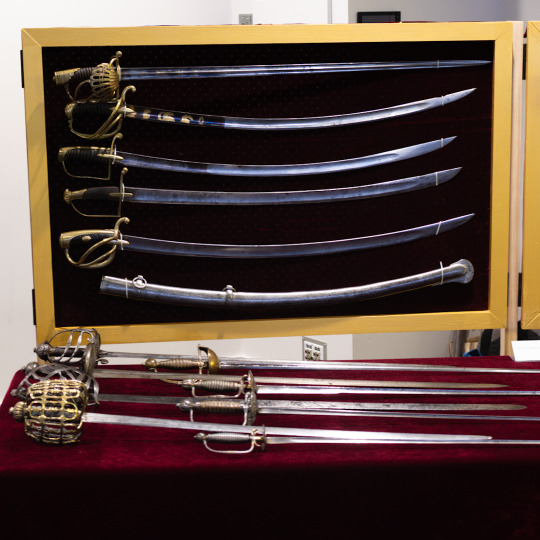
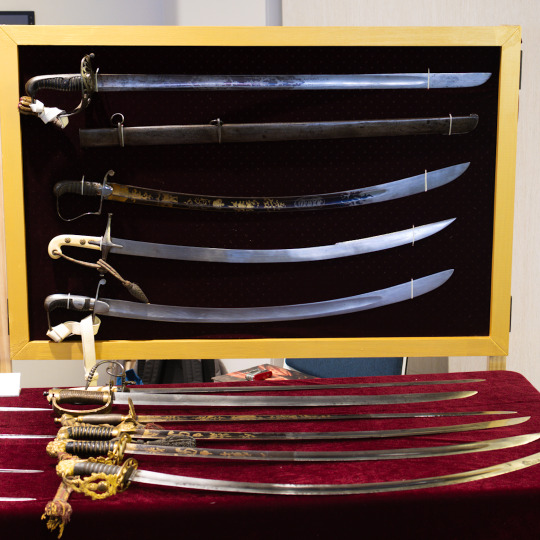
Photos of the sword display I had at last weekends excellent Auckland Blade and Knife show.
Was great to see meet with New Zealand's very talented knife makers showing off their work. Truly inspiring works of art.
For my display I opted to have a selection from the collection that covered a broad range instead of focusing on the one topic.


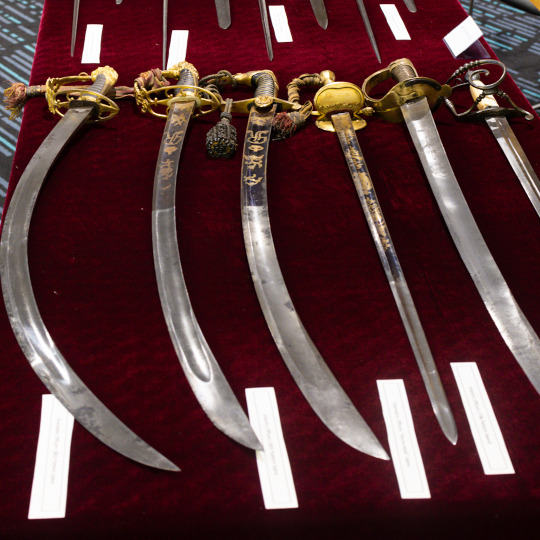
It was also my first use of the new boards I made after the last show. These are on their own stands giving me more table space.
Despite being a bit rough about the edges (remember folks, measure twice, cut once 🤣) they worked well. The next challenge is to improve on how the swords are mounted. Cable ties work great, but they're fiddly to pass through the cloth backing while trying to hold up a sword at the same time.
My thanks to The Auckland Blade Show for organising such a great event and for allowing me to participate. Shows like these are key to showing people just what is available and possible.
#swords#antiques#napoleonic wars#military antiques#british army#sabre#cavalry#Shows#Displays#Walloon Sword#Schiavona#Smallsword#Baskethilt#Spadroon
148 notes
·
View notes